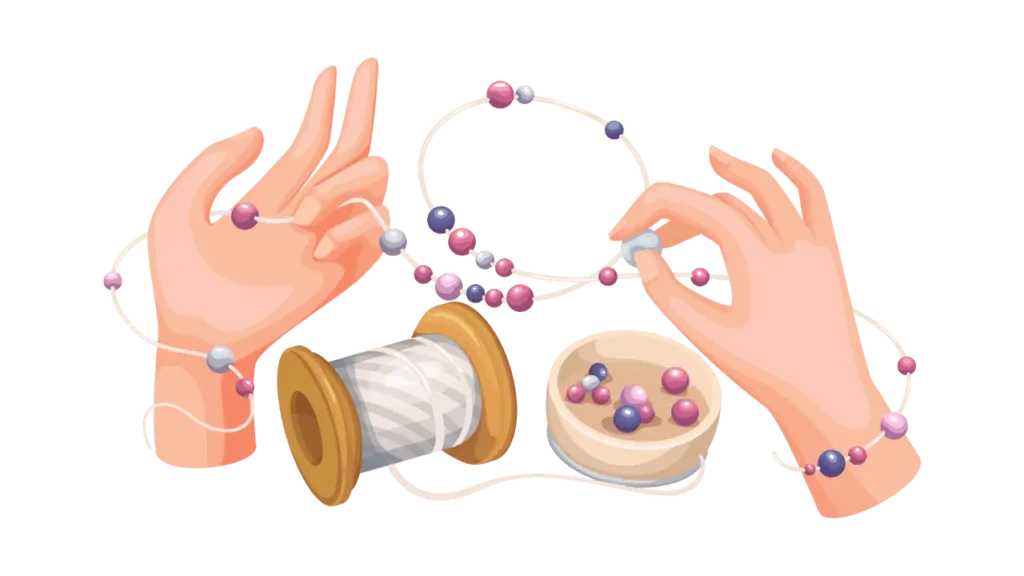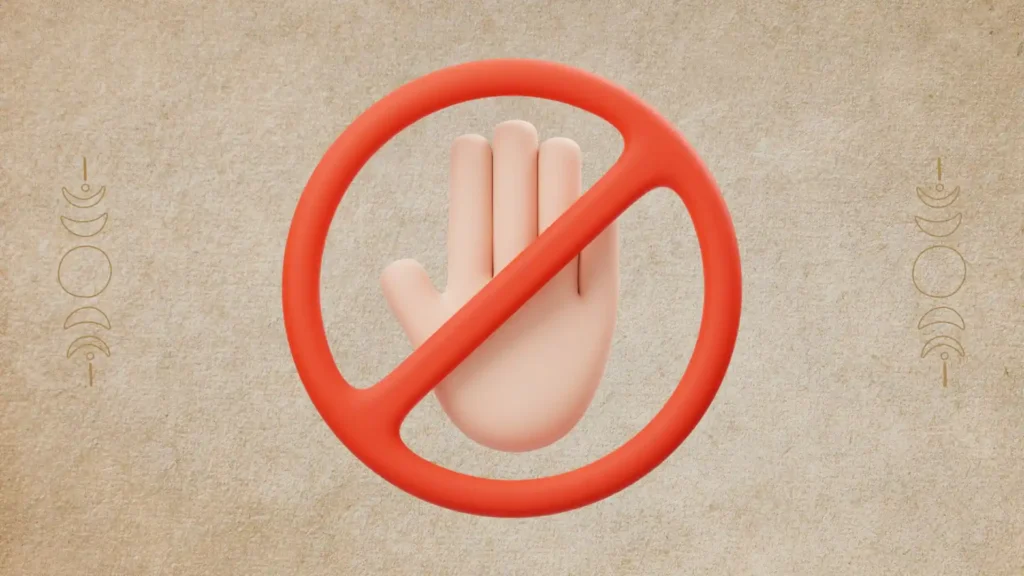The Christian perspective on waist beads, or any form of adornment, largely depends on the intent behind wearing them. While the Bible provides insights about beautification in both negative and positive perspectives, it doesn’t specify about waist beads. The diversity within Christianity means that views about jewelry and adornments span a spectrum from complete acceptance to abstention. Ultimately, personal convictions and individual church teachings should guide believers.

Waist beads, also known as belly beads or body beads, have been worn by women in various cultures for centuries, predominantly in African societies. Historically, they have served as symbols of femininity, fertility, protection, wealth, and spiritual well-being. But what does the Bible say about waist beads, and how do different Christian denominations view their use?
Biblical Verses Related to Adornments
The Bible does not mention waist beads explicitly. However, given their function as adornments, the verses and perspectives on jewelry can offer guidance. Their acceptability would largely depend on the purpose and intent behind wearing them: are they a symbol of vanity or a meaningful cultural or personal expression?
“Do not let your adorning be external—the braiding of hair and the putting on of gold jewelry, or the clothing you wear— but let your adorning be the hidden person of the heart with the imperishable beauty of a gentle and quiet spirit, which in God’s sight is very precious.”
1 Peter 3:3-4
This verse suggests that inner beauty and virtues are more important than external adornment
I also want the women to dress modestly, with decency and propriety, adorning themselves, not with elaborate hairstyles or gold or pearls or expensive clothes,
1 Timothy 2:9-10
but with good deeds, appropriate for women who profess to worship God.
The Lord says,
Isaiah 3:16–17
“The women of Zion are haughty, walking along with outstretched necks, flirting with their eyes, strutting along with swaying hips, with ornaments jingling on their ankles.
Therefore the Lord will bring sores on the heads of the women of Zion;
This prophetic passage from Isaiah serves as a warning against the pride and haughtiness of the women of Zion and indicates that their excessive adornment will be replaced by symbols of desolation and mourning.
Positive Stance Towards Jewelry:
Old Testament:
- Job 42:10–11: After his affliction, Job receives gold rings from friends and family.
- Genesis 24:22–23, 47, 53: Abraham’s servant Eliezer presents gold jewelry to Rebekah, Isaac’s future wife.
- Exodus 28: Describes the intricate and ornamental clothing and accessories of the high priest.
- Numbers 31:48–54: Officers of the Jewish army return from war with gold ornaments, later donating them in gratitude.
- 2 Samuel 1:24 & 12:30: David mentions Saul’s gifts of gold ornaments to the women and David himself wears a golden crown.
- Esther 8:15: Mordecai wears ornamental royal attire.
- Proverbs 1:8–9, 25:12, & 31:10–31: Various proverbs liken virtues to jewelry.
- Song of Solomon 1:10–11: Jewelry is symbolized as an expression of love.
- Isaiah 49:18 & 61:10: Isaiah uses bridal jewelry as a metaphor for blessings.
- Ezekiel 16:8–14: God speaks of bestowing Israel with jewelry and adornments.
- Zechariah 6:11: Zechariah speaks of an elaborate crown.
New Testament:
- Luke 15:22: In the parable of the prodigal son, the father bestows a ring and robe on his son, symbolizing honor.
- Revelation 4:4 & 21:2: John’s visions in Revelation depict elders with gold crowns and the New Jerusalem adorned like a bride.
Applying Biblical Principles:
The Bible portrays jewelry not as inherently evil but as a divine gift symbolizing status, celebration, and prosperity. It’s also metaphorically used to depict blessings. While Christians are encouraged to emphasize inner virtues over external adornments, modest jewelry isn’t explicitly condemned, and when worn with the right intention, it can celebrate God’s creation.
The heart’s intent is paramount when choosing adornments like waist beads. While cultural or personal symbolism aligns with Biblical values, accessories that foster vanity or strain one’s relationship with God should be approached with caution, reflecting the scriptures’ principles of modesty and humility.
Christian Sects Perspectives:
The diversity within Christianity has led to varying views on adornments:
- Catholicism: Historically, the Catholic Church has been more accepting of jewelry and adornments, as long as they are not worn out of excessive vanity. Many Catholic traditions even incorporate jewelry, like the rosary, which is both a devotional tool and an adornment.
- Eastern Orthodox: The Orthodox Church doesn’t prohibit jewelry, but it does emphasize modesty. On certain religious occasions, Orthodox believers might abstain from wearing jewelry as an act of penance or humility.
- Anabaptist Groups (like the Amish and Mennonites): They lean towards simplicity and often avoid wearing jewelry, seeing it as a form of worldly vanity that distracts from one’s relationship with God.
- Pentecostal and Holiness Movements: Some within these movements believe in abstaining from wearing jewelry, including wedding rings, emphasizing purity, and refraining from worldly adornments.
Conclusion:
Whichever way you decide to glorify God with your body, ensure your intentions are pure: celebrating rather than manipulating, focusing on the eternal instead of the transient matters of today.



